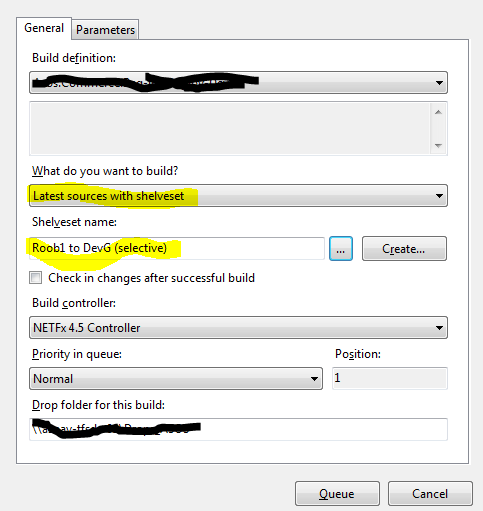Messaging and transient issues.
Messaging and transient issues. A small post but something worth considering. Recently when discussing a situation where a MongoDB replica set was in the process of failing over, concern was raised about writing data - whilst a new primary was being elected. This is going to be a transient issue and issues similar to it - such as temporary server outages and routing are too . They are going to take a little time to resolve but should resolve fairly quickly. In the meantime, there a re a few solutions available whilst this transient issue sorts itself out: Do nothing. In this case give up and find another job you lazy hacker. Let the process fall over, report the failure to users and let them try again via a button click. A users experience might be sullied - in the opinion of some - but it still could be a reasonable way to recover (this depends on what stakeholders/business think really). This might not be ...
